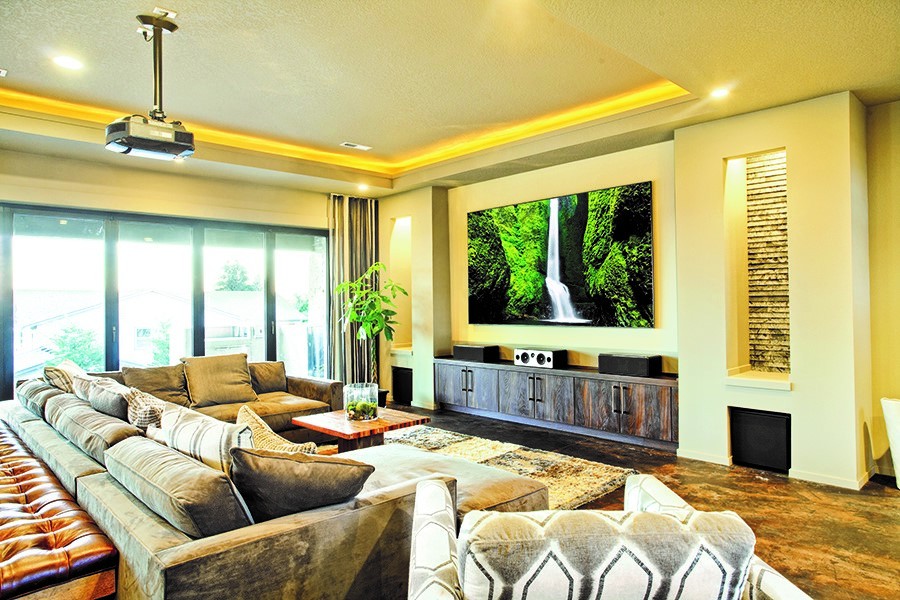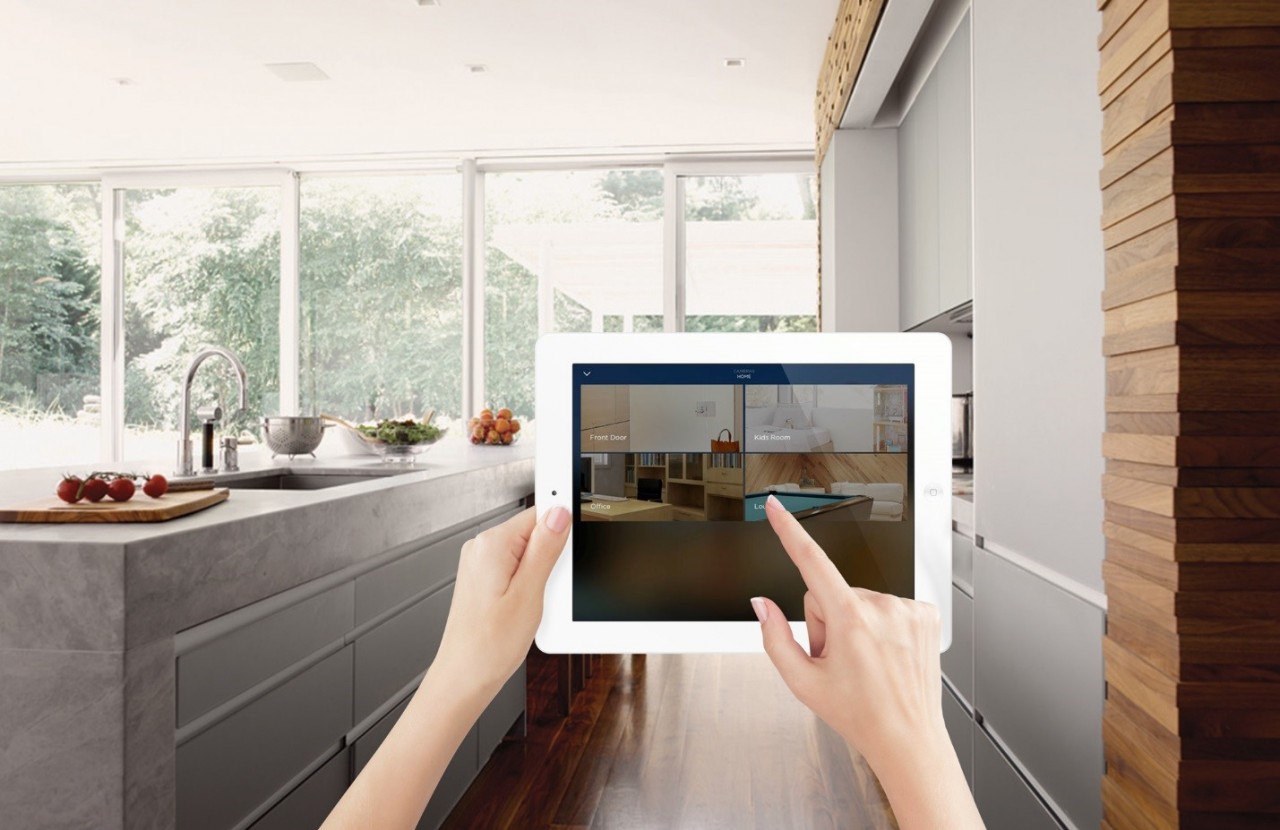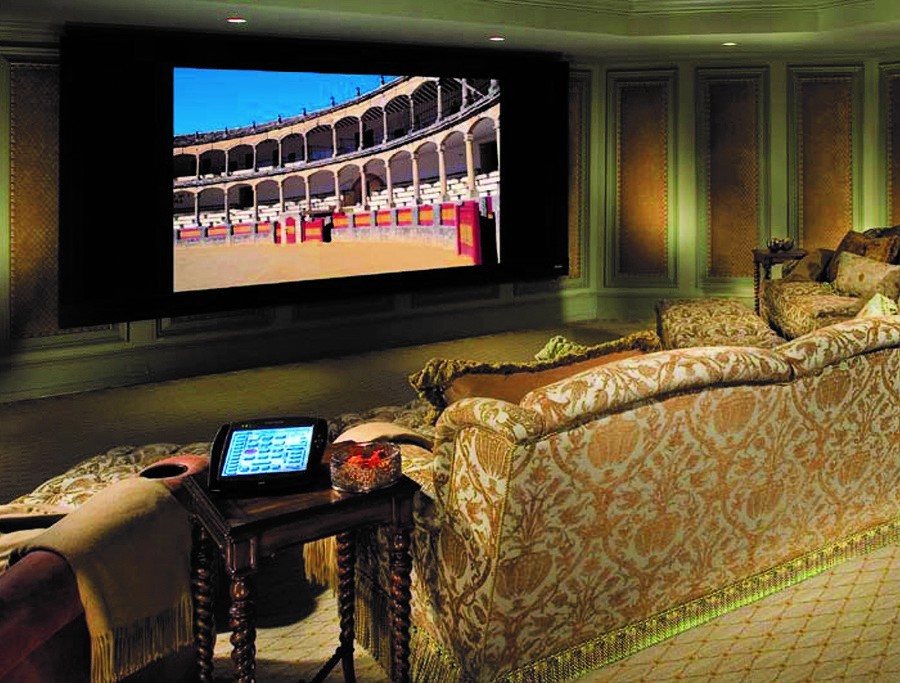These days, you can find just about anything you could possibly need for home networking at your local electronics store. They’ve got routers, wireless access points, Ethernet cables…you name it. Yet despite the availability of DIY home network solutions, savvy Texas homeowners still consistently opt for a professional installation, and with good reason. If you’re questioning whether to DIY your own networking solution or invest in a professional network installation for your Westlake area home, then read on.
Smart Homes Require More than the Minimum
It’s tempting to grab the cheapest router on the shelf, set it up with the default settings, and call it a day, but if you’re planning on using your network with multiple smart devices, that process simply isn’t going to cut it. DIY is still possible, but be prepared to do extensive research on the best products, setup, and maintenance for smart home success.
There are several aspects of a professional installation that you simply cannot get with a DIY solution, and they all boil down to the level of knowledge and experience that comes from working in the home automation and networking industry.
SEE ALSO: 3 Signs Your Smart Home’s Network Probably Isn’t Cutting It
The Benefits of Each Option
DIY home network installations definitely have some worth. They don’t cost as much (although keep in mind the value of your time spent on research and manual labor), and they offer you an opportunity to stretch your technical skills and create something incredibly useful. However, these benefits pale in comparison to the security, reliability, and ease of having a professional installation.
Deprecated: Creation of dynamic property EasyBlogSocialButtonExternal::$post is deprecated in /home/dbmediapro/public_html/administrator/components/com_easyblog/includes/socialbuttons/adapters/external.php on line 42





